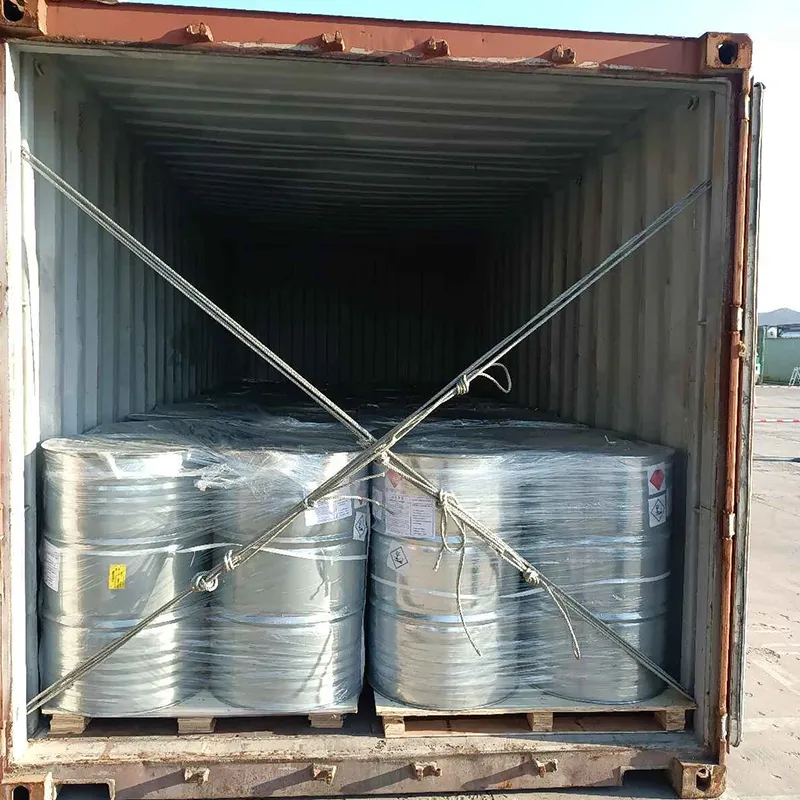
trichloroisocyanuric acid tcca 90
Trichloroisocyanuric Acid (TCCA) 90 A Comprehensive Overview
Trichloroisocyanuric acid (TCCA) is a chemical compound that has garnered significant attention in various industries, particularly in water treatment and sanitation. As a powerful disinfectant, TCCA is commonly used for chlorination of swimming pools, drinking water, and wastewater management. With a high available chlorine content of approximately 90%, TCCA stands out as one of the most effective and versatile sanitizing agents on the market.
Chemical Structure and Properties
TCCA's molecular formula is C3Cl3N3O3, and it belongs to a class of compounds known as isocyanurates. The structure features three chlorine atoms, which contribute to its strong oxidizing properties, making it highly effective against bacteria, viruses, and algae. When dissolved in water, TCCA releases chlorine gradually, ensuring a sustained level of disinfection. This slow-release property makes it particularly useful in maintaining water quality over extended periods.
Applications in Water Treatment
The primary application of TCCA is in the treatment of swimming pools. It helps maintain hygienic conditions by effectively eliminating pathogens that can thrive in water. Furthermore, TCCA is often employed in municipal water treatment facilities to disinfect drinking water, ensuring that it is safe for human consumption. Its ability to rapidly kill harmful microorganisms while being environmentally friendly adds to its appeal.
Besides traditional water treatment, TCCA has applications in industrial water systems, particularly in cooling towers and pulp and paper industries, where bacterial growth can lead to operational inefficiencies and health hazards. Its use in agricultural settings, especially in aquaculture, also showcases its versatility, as it is employed to disinfect water in fish farming, thereby preventing disease outbreaks among fish populations.
trichloroisocyanuric acid tcca 90

Safety and Handling
Despite the numerous benefits associated with TCCA, it is crucial to handle it with care. TCCA is classified as a hazardous material, and exposure can lead to respiratory irritation, skin burns, or eye damage. Proper personal protective equipment (PPE) such as gloves, goggles, and masks should be used during handling. Additionally, because TCCA can release toxic gases when mixed with certain substances, including acid, it must be stored properly and kept away from incompatible materials.
It is essential for users to follow manufacturer guidelines and safety data sheets (SDS) to mitigate any risks associated with the use of TCCA. Training and awareness regarding its proper handling can significantly reduce the likelihood of accidents or injuries.
Environmental Impact
One of the most appealing aspects of using TCCA is its environmental footprint. Compared to traditional chlorine forms, TCCA produces fewer organic by-products, which can be harmful to aquatic life. When used correctly, it contributes to a cleaner and more sustainable approach to water treatment. Moreover, its stability in storage allows for a longer shelf life, reducing waste and the need for frequent replenishment.
Conclusion
In summary, trichloroisocyanuric acid 90% is an effective disinfectant with a wide array of applications in water treatment and sanitation. Its ability to deliver high concentrations of chlorine in a controlled manner makes it ideal for maintaining safe water conditions in both recreational and municipal settings. However, safe handling and awareness of its chemical properties are crucial in maximizing its benefits while minimizing potential risks. As industries move toward more sustainable practices, TCCA remains a valuable tool in ensuring public health and safety through effective water treatment solutions.
-
Pure Sodium Dichloroisocyanurate Dihydrate | Powerful DisinfectantNewsAug.29,2025
-
Industrial Chemicals: Quality & Purity for Every IndustryNewsAug.28,2025
-
Nitrile Rubber Honoring Strict Production StandardsNewsAug.22,2025
-
Aspartame Ingredients Honoring Food Safety ValuesNewsAug.22,2025
-
Fertilizer for Balanced Plant NutritionNewsAug.22,2025
-
Cyanide Gold Processing with High Purity AdditivesNewsAug.22,2025
-
Formic Acid in Textile Dyeing ApplicationsNewsAug.22,2025
Hebei Tenger Chemical Technology Co., Ltd. focuses on the chemical industry and is committed to the export service of chemical raw materials.
-

view more DiethanolisopropanolamineIn the ever-growing field of chemical solutions, diethanolisopropanolamine (DEIPA) stands out as a versatile and important compound. Due to its unique chemical structure and properties, DEIPA is of interest to various industries including construction, personal care, and agriculture. -

view more TriisopropanolamineTriisopropanolamine (TIPA) alkanol amine substance, is a kind of alcohol amine compound with amino and alcohol hydroxyl, and because of its molecules contains both amino and hydroxyl. -

view more Tetramethyl Thiuram DisulfideTetramethyl thiuram disulfide, also known as TMTD, is a white to light-yellow powder with a distinct sulfur-like odor. It is soluble in organic solvents such as benzene, acetone, and ethyl acetate, making it highly versatile for use in different formulations. TMTD is known for its excellent vulcanization acceleration properties, which makes it a key ingredient in the production of rubber products. Additionally, it acts as an effective fungicide and bactericide, making it valuable in agricultural applications. Its high purity and stability ensure consistent performance, making it a preferred choice for manufacturers across various industries.





